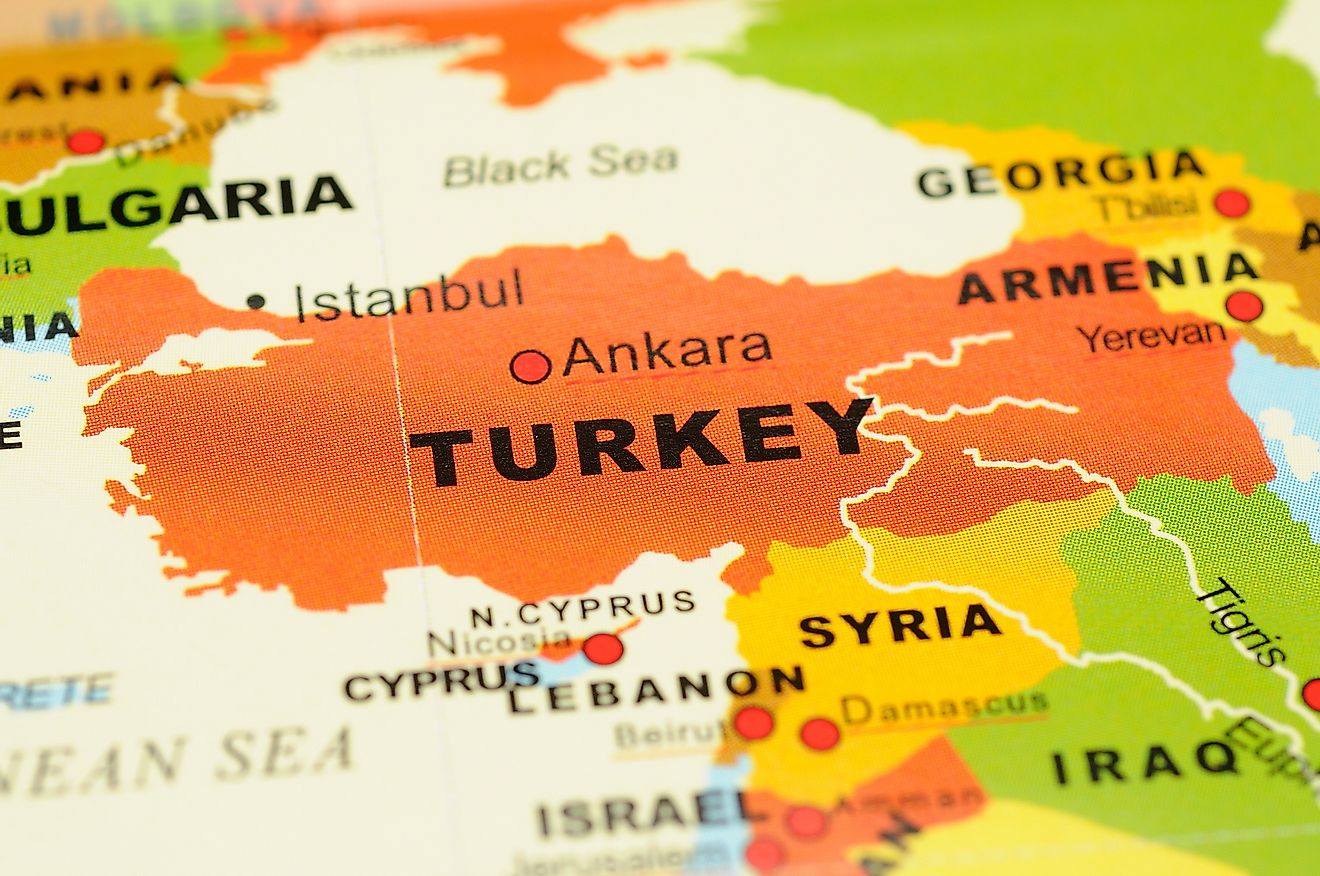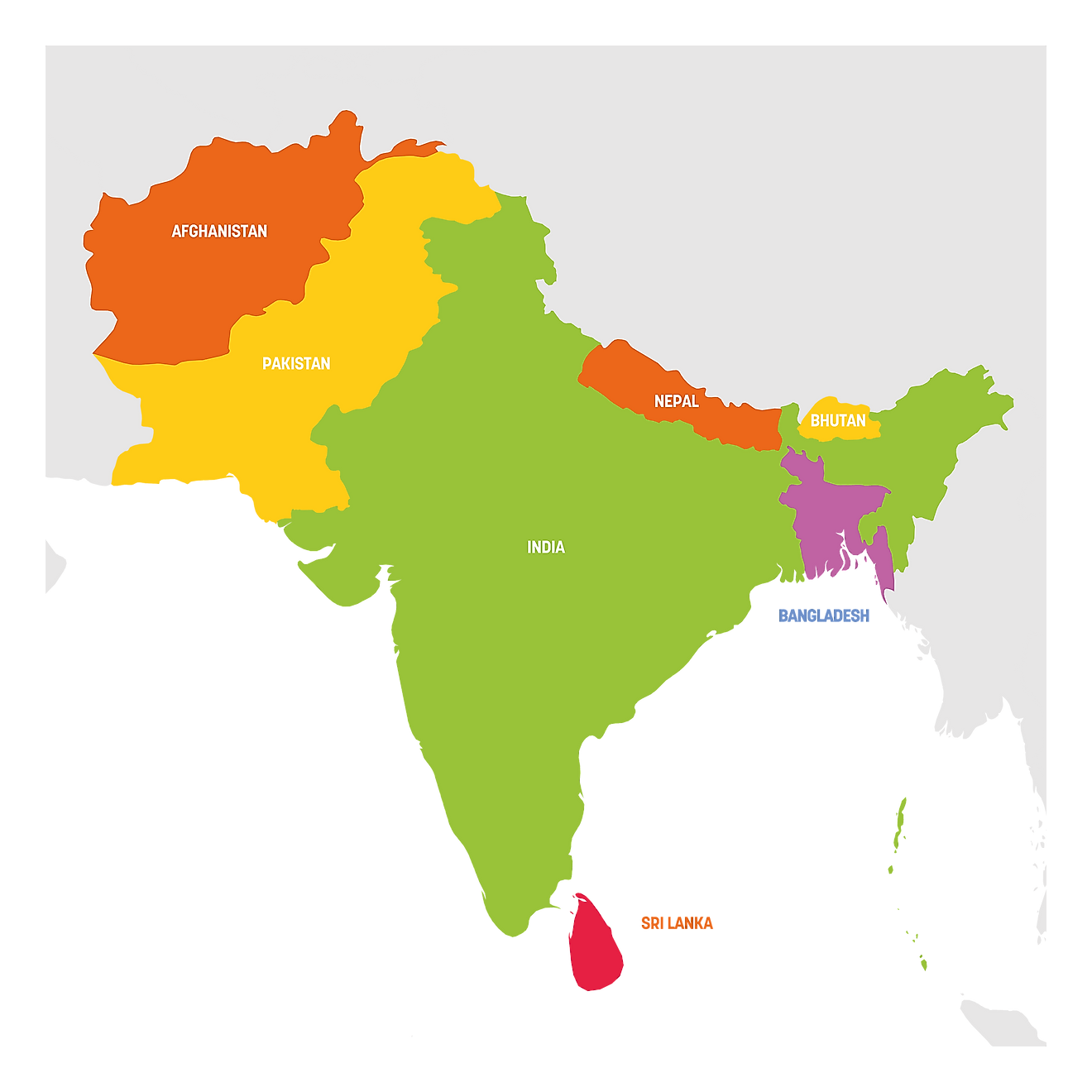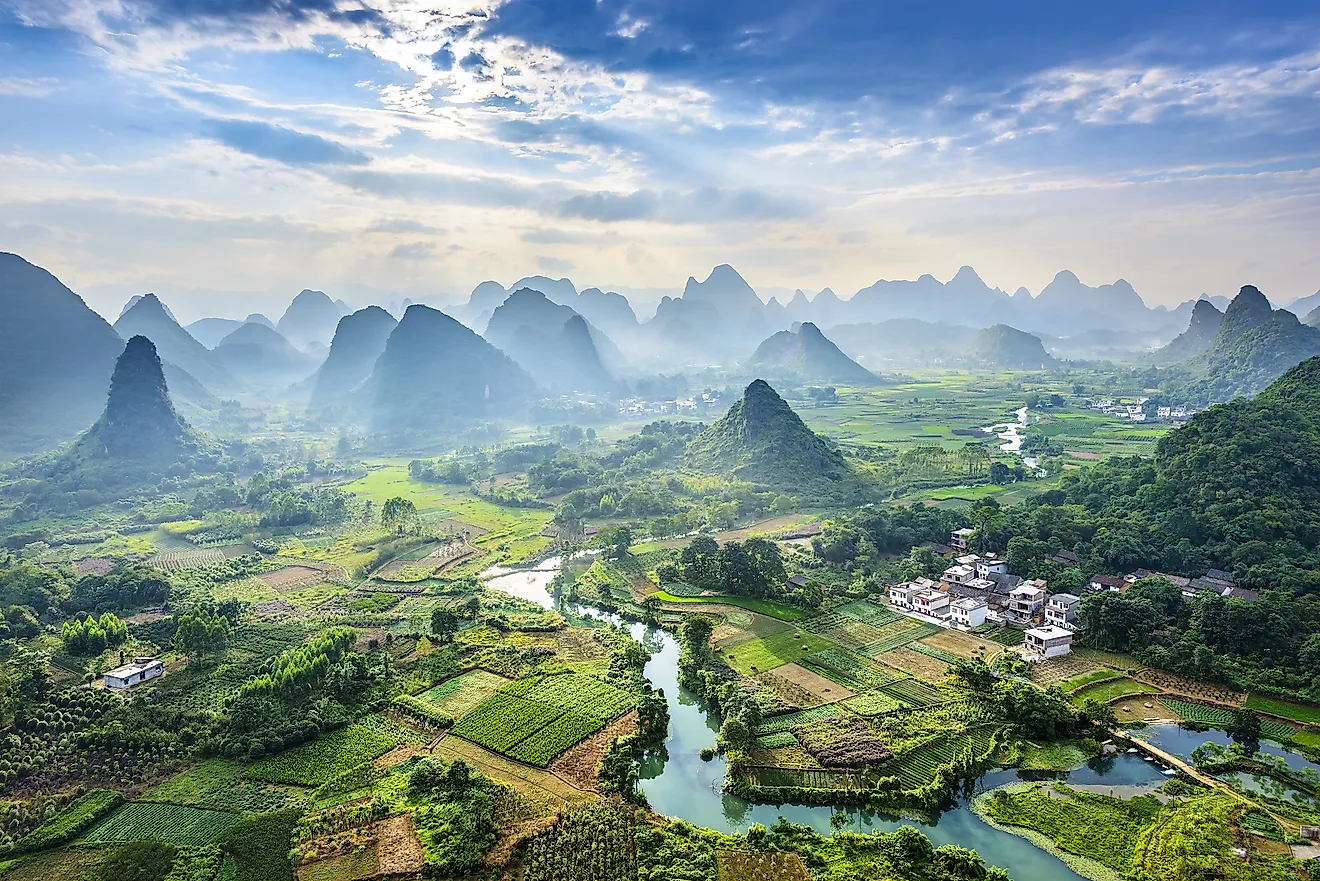Types Of Deserts
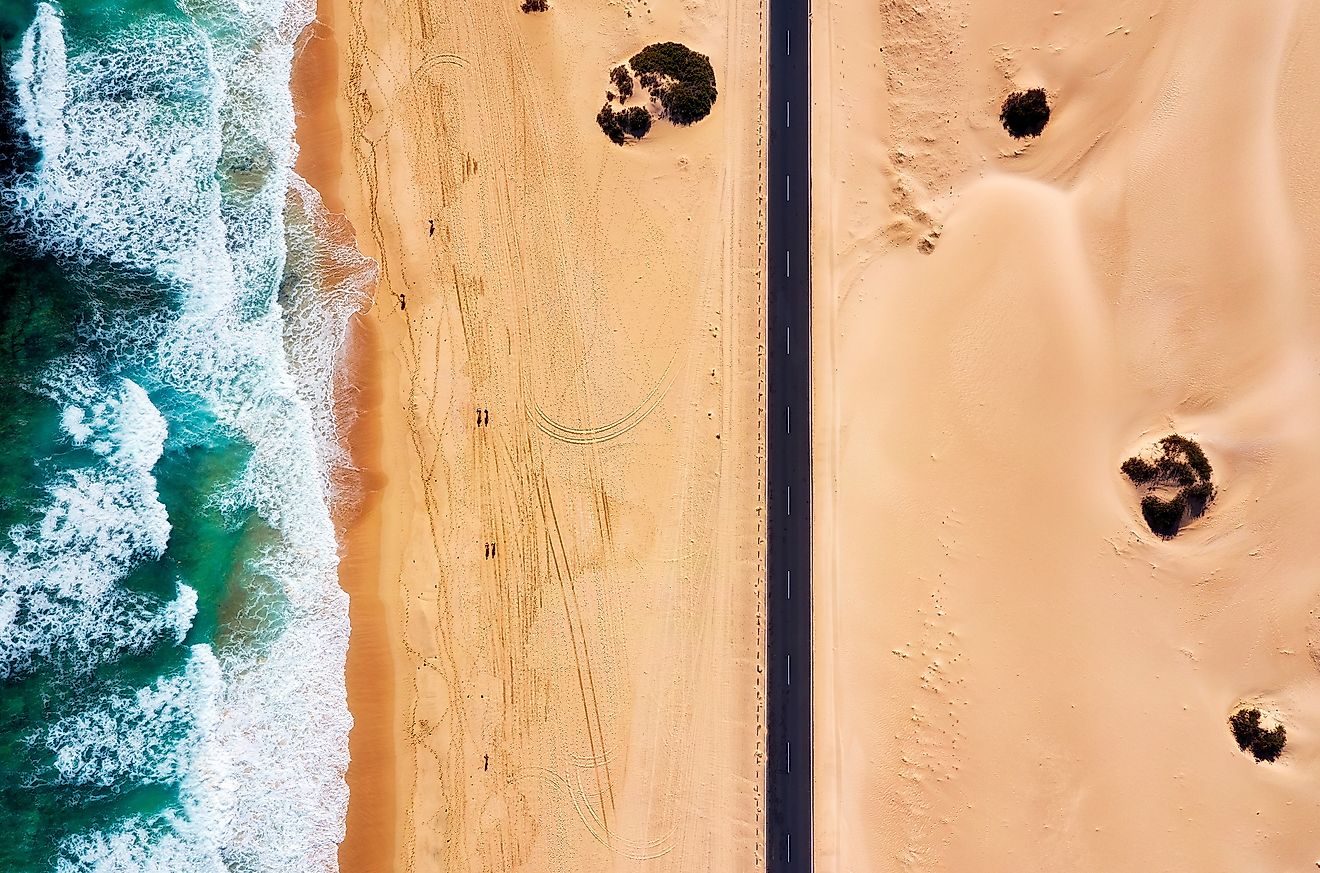
- Experts have several ways of categorizing the different types of deserts, but most will agree on some version of the following four classifications: hot and dry, semiarid, coastal, and cold.
- Due to intense heat, rain is known to evaporate in hot and dry deserts before it can even reach the ground.
- Many semiarid deserts get so little rain because tall mountain ranges prevent precipitation from reaching these drier regions.
- The soil is significantly more absorbent in coastal deserts and therefore, better at supporting plant life.
- The average temperature hovers around freezing in cold deserts, but can plummet to -50 degrees Celsius.
Approximately one-fifth of the Earth’s surface is covered in desert; however, this does not necessarily mean vast stretches of dry land and mountainous sand dunes. While all can be generally characterized by their extreme environmental conditions, what classifies a desert is not sand or heat, but rather the amount of annual precipitation (rain or snow) these regions receive. Expert scientists have several names and ways of categorizing the different types of deserts, but most will agree on some version of the following four major classifications.
The Four Types Of Deserts
Hot And Dry Deserts
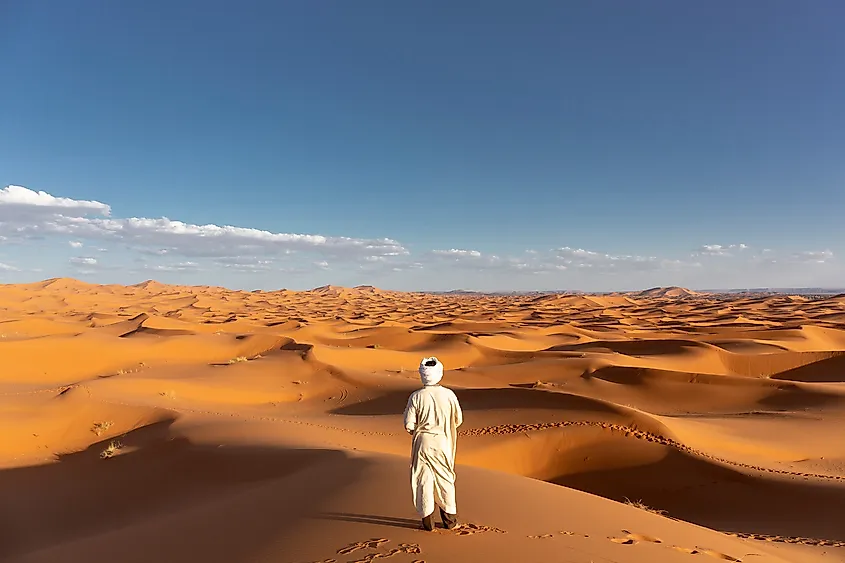
Hot and dry deserts are also known as arid or subtropical deserts. True to their name, they tend to be very hot and dry all year round. The average temperature hovers around 20-25 degrees Celsius, but it can go up to a scorching fifty degrees. In fact, the surface of these types of deserts receive twice the amount of solar radiation than other less arid regions. Regardless, at night, the temperature can drop below freezing.
Rain is rare and is generally separated by long, dry spells. Some hot and dry deserts receive less than one inch every year, while others can go a whole year without any. Due to intense heat, rain is known to evaporate before it can even reach the ground. The soil is coarse and gravelly, and does not support much life. What few plants exist in these regions have the ability to retain moisture in their leaves to withstand searing temperatures. Most animals are small and only come out at night when things are cooler.
Stretching an impressive 3.5 million square miles, the Sahara in Africa is the largest hot and dry desert in the world. Other notable deserts include the Arabian and the Kalahari.
Semiarid Deserts
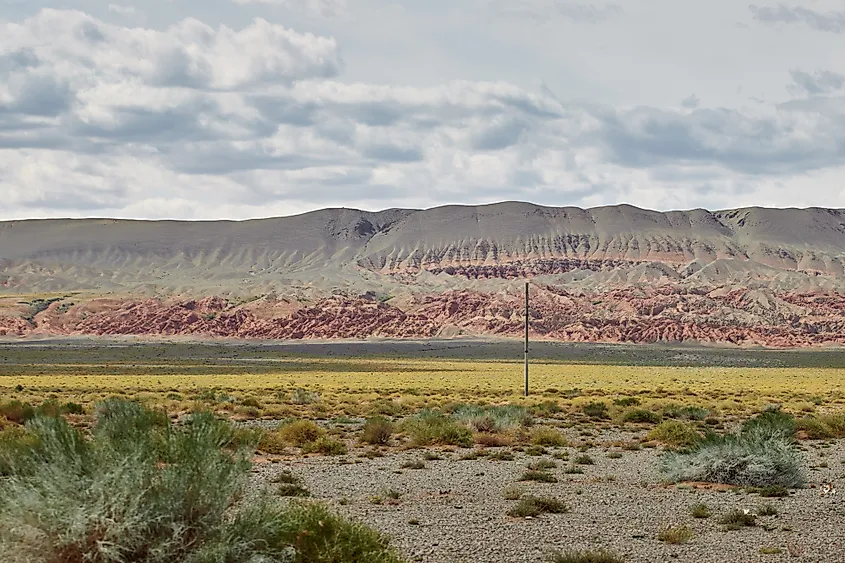
Semiarid deserts are also known as cold-winter deserts. They are quite similar to the first type, but are typically not as hot. Long and arid summers are followed by a few months of winter. During the summer, the temperature rests around the mid-20 degree Celsius range. It can get much hotter, but does not normally rise any higher than 38 degrees, as opposed to fifty.
These types of deserts usually only receive 1.5 inches of rain every year. Many of them get so little because of the rain shadow effect. This means that tall mountain ranges prevent precipitation from reaching drier regions, such as the Himalayan Mountains and the Gobi Desert. The sandy and rocky terrain is often dotted with cacti. Most inhabitants are nocturnal and burrow underground during the day to avoid the heat.
Semiarid deserts are largely found in North America, Europe, and Asia. The Gobi Desert in Mongolia and China is the largest of its type in the world at 0.5 million square miles.
Coastal Deserts
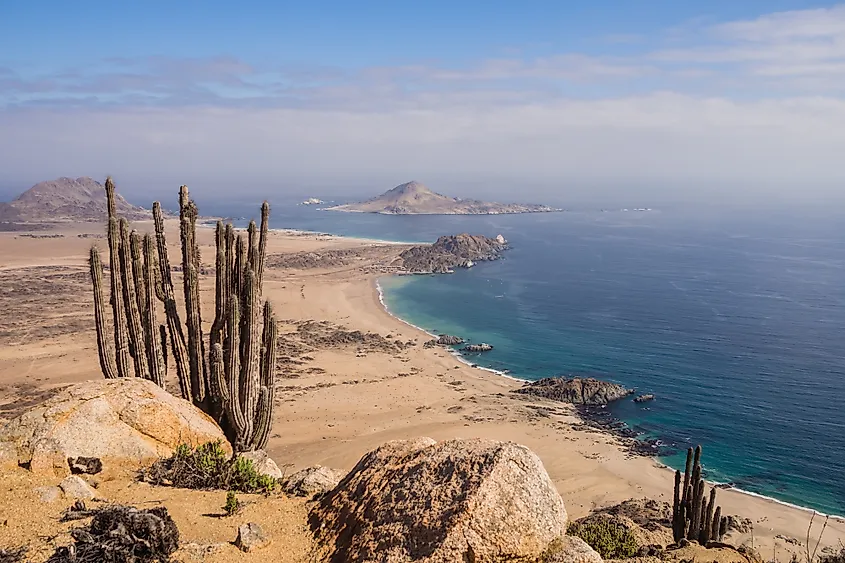
Unsurprisingly, coastal deserts are located along coasts next to large bodies of water, such as oceans. They experience warm summers that never quite reach the blazing temperatures of the above two types. The average temperature hovers around 13-24 degrees Celsius and rarely goes above 35 degrees. Winters are cooler, frequently teeter-tottering at the freezing mark.
Coastal deserts are often shrouded by heavy fog, but even so, rainfall is uncommon, a result of the wind preventing moisture from moving onto the land. As a general rule, they receive three to five inches of rain every year. The soil, however, is significantly more absorbent and is better at supporting plant life, such as saltbushes, rice grass, and chrysothamnus. Regional animals include coyotes, badgers, and various types of birds and reptiles.
Two of the most notable coastal deserts in the world are the Atacama Desert in South America and the Namib Desert in Africa.
Cold Deserts
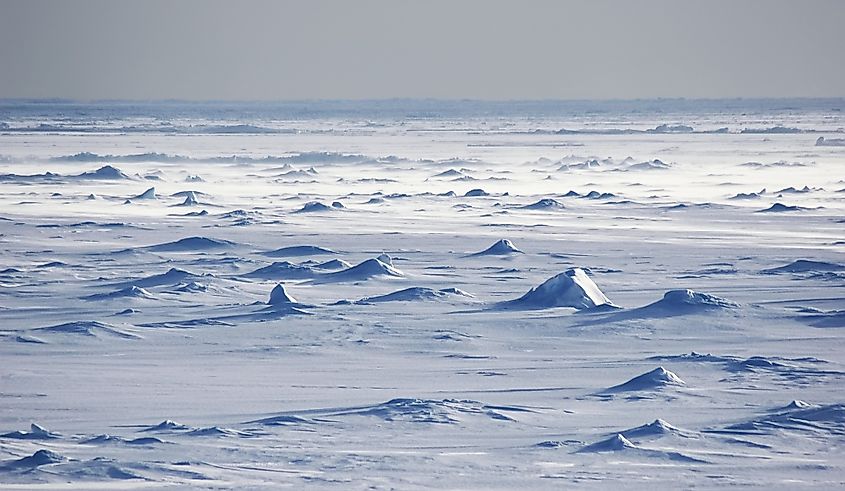
Antarctica and the Arctic are both classified as cold deserts. Due to their positions at the northern and southern poles of our planet, they are also known as polar deserts. They are the largest deserts in the world at 5.5 and 5.4 million square miles respectively. The former makes up the entire continent, while the latter stretches across numerous countries like Canada, Greenland, Norway, Sweden, Finland, and Russia.
They are very dry, but not in the traditional sense. Unlike the previous three types of deserts, they are cold all year round with frigid winters. Instead of sand, the surrounding surface is covered in layers of ice and snow. The average temperature hovers around freezing, but can plummet to -50 degrees Celsius.
During wetter seasons, cold deserts can get up to eighteen inches of rain every year, but on average, they receive only six to ten. Some experts even claim that certain areas in Antarctica have not seen rain in 14 million years. Few plants can survive such brutal conditions. Many of the animals that call these polar regions home have easily adapted to the cold, such as bears, penguins, and seals.
